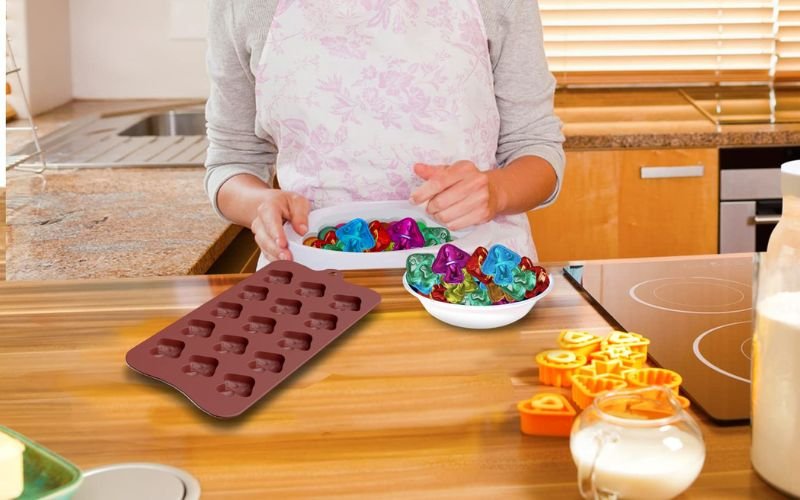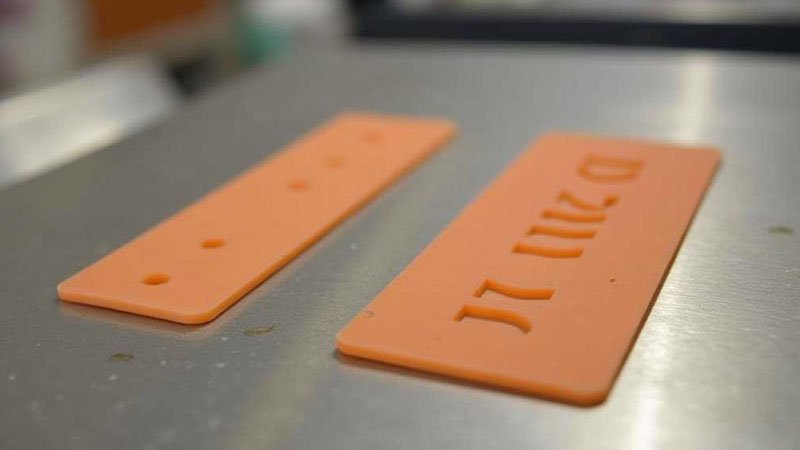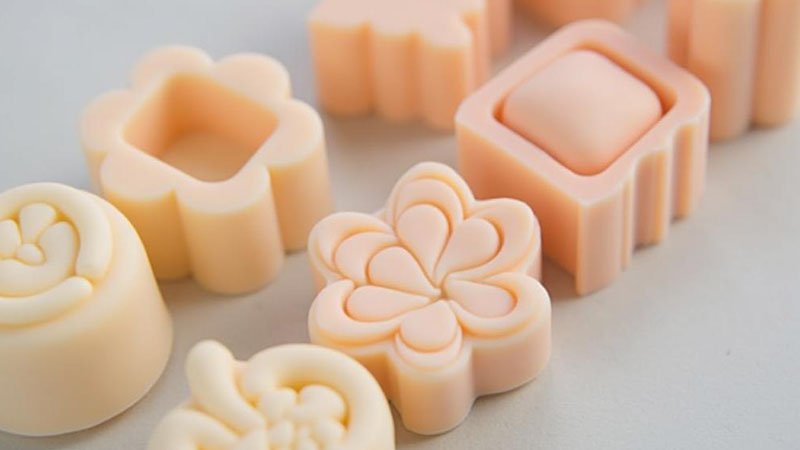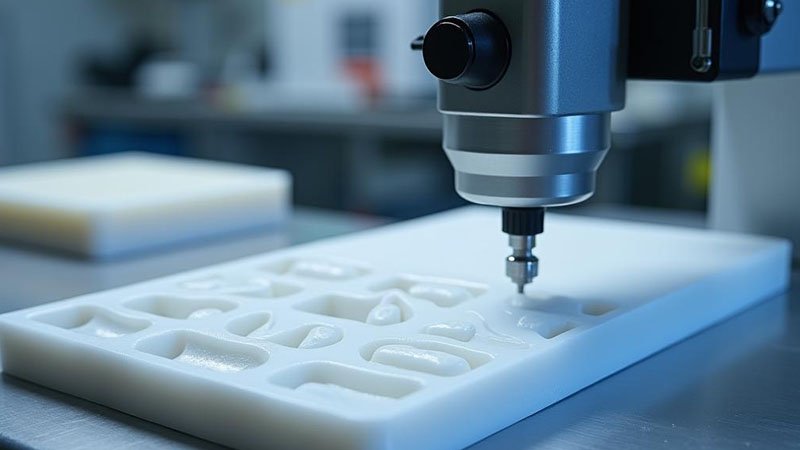Silicone molds are everywhere—baking, medical devices, industrial components, you name it. But not all silicone molds are created equal. If manufacturers cut corners on safety or ignore regulations, the risks range from toxic contamination to product failures. In industries where compliance is key, knowing the safety standards is non-negotiable.
Ensuring silicone mold safety means using food-grade or medical-grade materials, following strict manufacturing protocols, and complying with regulations like FDA, LFGB, and REACH. Proper testing, curing, and quality control ensure that silicone molds are safe for their intended use.
So, what makes a silicone mold “safe”? How do regulations differ between industries? And what should buyers look for when sourcing silicone molds? Let’s dive in.
What Defines a “Safe” Silicone Mold?
A safe silicone mold is one that:
✅ Uses high-quality, certified silicone (food-grade, medical-grade, or industrial-grade)
✅ Does not release harmful chemicals (no BPA, phthalates, or volatile organic compounds)
✅ Withstands high temperatures without degrading
✅ Complies with regional safety regulations (FDA, EU, LFGB, REACH)
✅ Has undergone proper curing and testing to eliminate residual chemicals
If a manufacturer skips even one of these steps, the mold could be unsafe. That’s why compliance with regulations is essential.

Key Safety Risks in Silicone Mold Manufacturing
Before we talk regulations, let’s look at potential safety hazards in silicone mold production.
1. Toxic Chemical Leaching
Some low-quality silicones contain fillers, plasticizers, or harmful additives that can leach into food or skin-contact products. The most common culprits:
❌ Non-food-safe dyes
❌ Industrial-grade silicone (not purified for consumer use)
❌ Uncured or partially cured silicone
2. Heat Resistance Issues
Silicone molds need to withstand high temperatures. If the material isn’t properly formulated, it can:
🔥 Degrade and release toxic fumes
🔥 Warp under heat stress
🔥 Break down over time, causing product failures
3. Incomplete Curing
Curing is the process that removes volatile chemicals from silicone. Poor curing can leave residual byproducts, which may be toxic. Proper curing ensures silicone molds are safe for long-term use.
4. Weak Structural Integrity
If the wrong formulation is used, silicone molds may be:
🔹 Too brittle, leading to cracks
🔹 Too soft, losing shape over time
🔹 Prone to tearing, making them unsuitable for repeated use

Regulatory Standards for Silicone Molds
Different industries require different levels of regulatory compliance. Let’s break down the major safety standards and certifications.
1. Food-Grade Silicone Regulations
Any silicone mold used for food preparation must comply with food safety laws.
✅ FDA (U.S. Food & Drug Administration)
- Ensures that food-contact silicone is free of harmful substances
- Requires testing for chemical migration and toxicity
- U.S. manufacturers must comply with FDA 21 CFR 177.2600 (source)
✅ LFGB (Lebensmittel-, Bedarfsgegenstände- und Futtermittelgesetzbuch – Germany/EU)
- Stricter than FDA, requiring no chemical migration
- Often tested using the “Biting Test” to ensure zero contamination
- If a silicone mold meets LFGB standards, it’s high quality (source)
✅ EU 1935/2004 (European Union)
- Ensures all materials in food-contact products are safe and traceable
- Covers heat stability, chemical migration, and labeling requirements (source)
2. Medical-Grade Silicone Regulations
For medical applications, silicone must be biocompatible, non-toxic, and hypoallergenic.
✅ ISO 10993 (International Standard for Medical Devices)
- Tests cytotoxicity, skin irritation, and biocompatibility
- Required for implants, prosthetics, and surgical devices (source)
✅ USP Class VI (United States Pharmacopeia)
- Ensures silicone is safe for prolonged skin and tissue contact
- Covers toxicity, leaching, and biological reactivity (source)
3. Industrial-Grade Silicone Regulations
For automotive, aerospace, and industrial use, safety is about temperature resistance, durability, and chemical stability.
✅ REACH (Registration, Evaluation, Authorization, and Restriction of Chemicals – EU)
- Ensures no harmful chemicals are used
- Requires testing for environmental and human health impact (source)
✅ RoHS (Restriction of Hazardous Substances – EU)
- Prohibits toxic substances like lead, mercury, and cadmium in silicone used for electronics (source)

Best Practices for Silicone Mold Safety
Manufacturers must follow strict protocols to ensure safety. Here’s what that looks like:
1. Use Only Certified Raw Materials
- Always source FDA, LFGB, or USP Class VI-certified silicone
- Avoid cheap, unverified suppliers
2. Proper Curing Process
- Heat-cure silicone at recommended temperatures
- Conduct post-curing treatments to remove residual chemicals
3. Rigorous Testing & Quality Control
- Perform migration tests to check for chemical leaching
- Conduct mechanical stress tests for durability
- Use third-party lab certification to verify compliance
4. Clear Labeling & Traceability
- Clearly indicate food-safe, medical-grade, or industrial-use classifications
- Maintain detailed documentation for regulatory audits

How to Choose a Safe Silicone Mold Supplier
If you’re sourcing silicone molds, ask these key questions:
🔹 Do you have FDA/LFGB/ISO certifications?
🔹 Can you provide testing reports for chemical safety?
🔹 How do you ensure proper curing and quality control?
🔹 What materials do you use, and are they traceable?
Choosing a reputable supplier means avoiding safety risks, recalls, and regulatory headaches.
Conclusion
Safety in silicone mold manufacturing isn’t optional—it’s essential. Whether for food, medical, or industrial use, following strict regulatory standards ensures silicone molds are non-toxic, heat-resistant, and durable.
Manufacturers and buyers must prioritize compliance with FDA, LFGB, ISO, and REACH regulations. Cutting corners on safety is a risk not worth taking.
So, next time you source a silicone mold, ask yourself—is it truly safe?